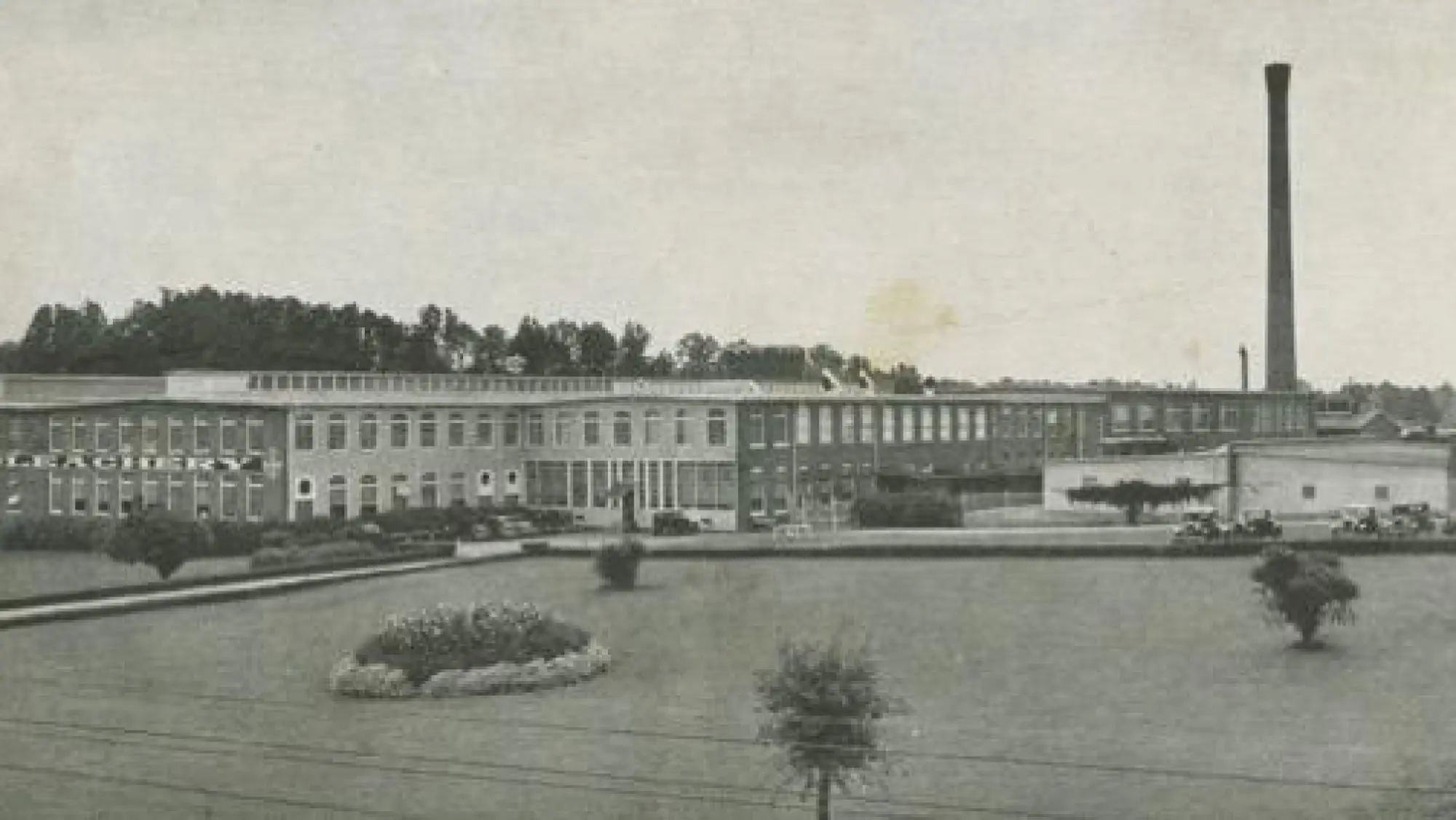Growing Success
Grenville’s Union Bleachery, located at 3335 Old Buncombe Rd., was one of the Upstate’s smallest mills during the heyday of the textile boom in Greenville County. But it packed a mighty punch. Originally called the “Union Bleaching and Finishing Company,” this second-oldest mill in the area was slow to take hold when brothers J.B. Duke and B.N. Duke opened it in 1902. When John Arrington took over leadership two years later, however, he quickly turned it into one of the most successful and productive mills in the area, spinning up to 100,000 yards of cotton per day.
The success of the mill is largely credited to Arrington’s dedication to keeping the mill workers comfortable, happy, and well cared for. According to the Greenville Textile Heritage Society, ensuring the safety of employees was a priority. The accident frequency was below the average for the state of South Carolina, and the plant provided provisions for workplace injuries long before workman’s compensation was required by law. 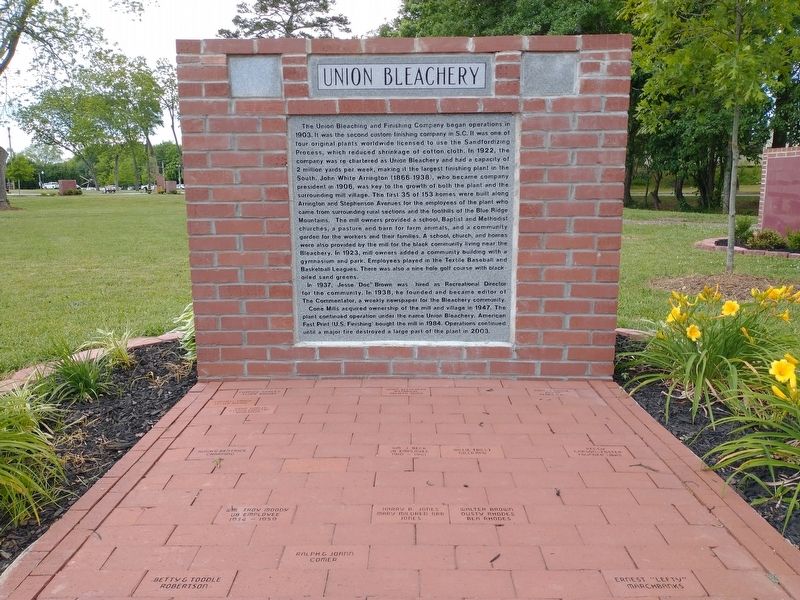
Building Community
Moreover, the Mill Village community, which housed more than 125 employees, is said to have been one of the most pleasant to live in, with its schools, churches, community building, playground, water fountains, duck pond, and nine-hole golf course. According to Brandon Inabinet of PocketSights, the community was one where neighbors came together frequently for holiday parties, barbeques, sports activities, and other gatherings. Lois Rogers, who grew up in the village, said that Arrington, who eventually took over ownership of the Mill, knew all of his employees’ names and helped them when they were sick or in need, according to Inabinet.
In the days of rampant discrimination and enforcement of segregation, where “separate but equal” usually equated to separate but inadequate facilities for African Americans, Arrington also provided a community for African-American workers. The community was separate from the Mill Village, but it did include at least some of the accommodations offered in the white community, such as a school, a church, and a sports field. It is even said that African-American children and white children frequently played together in these communities.
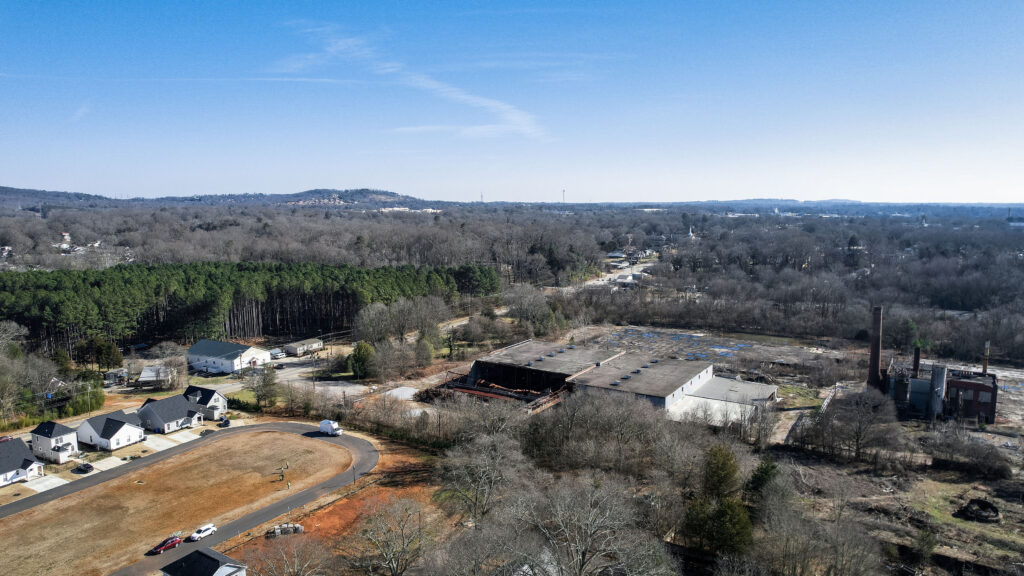
The War Years
The Union Bleachery managed quite well during the otherwise difficult years of both World Wars. Arrington looked ahead in 1915 and ordered large amounts of cotton from Europe, which arrived before the war slowed shipping. This kept the mill churning while other area mills were slowing to a stop. When Arrington passed away in 1938, his son, R.W. Arrington, took over the business and kept it running strong until his death in 1948.
A Slow Decline
Unfortunately, at this point, the history of the mill takes a negative turn. After the younger Arrington’s death, the family sold the mill to the Connecticut-based Aspinook Corp., which renamed it US Finishing. The mill area had grown by then to spread across 24 acres. It was sold again five years later to the Cone Corporation, which renamed it Cone Mills. Finally, in 1994 it was sold to American Fast Print. Like many mill owners in the post-war years, these new sets of owners did not maintain the Arringtons’ commitment to supporting the Mill Village community. Eventually, the properties were sold off and the mill stopped taking responsibility for maintaining its infrastructure.
An Environmental Crisis
Furthermore, the later owners sacrificed environmental protection for profit. When the mill burned in 2002, the level of contamination it had caused became clear. In 2011, the Environmental Protection Agency (EPA) added it to a list of “national priority sites” or Superfund sites due to the high levels of toxins on the site. This designation requires that the South Carolina Department of Health and Environmental Control (SCDHEC) oversees an extensive and complicated clean-up effort to remove asbestos, chromium, and more.
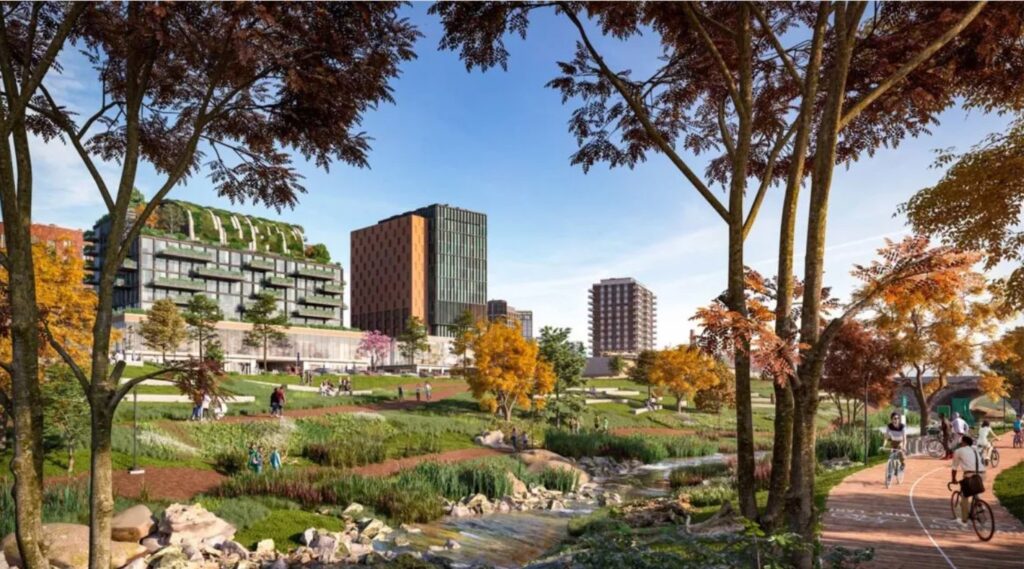
A Brighter Future
As clean up of the site is reaching its end, new plans to turn the otherwise abandoned area into an “On the Trail” mixed-use district are in the works. The district will combine multi-family residences (garden homes, townhomes, lofts, mid-rises, and affordable housing) with retail, office, hospitality, and educational and research campuses. It will also include 10 miles of trails that connect to the Prisma Health Swamp Rabbit Trail extension. In the initial designs, developers Warren Zinn and Dean Warhaft say they plan to preserve as much of the original mill structures as possible, maintaining a piece of Greenville’s history.
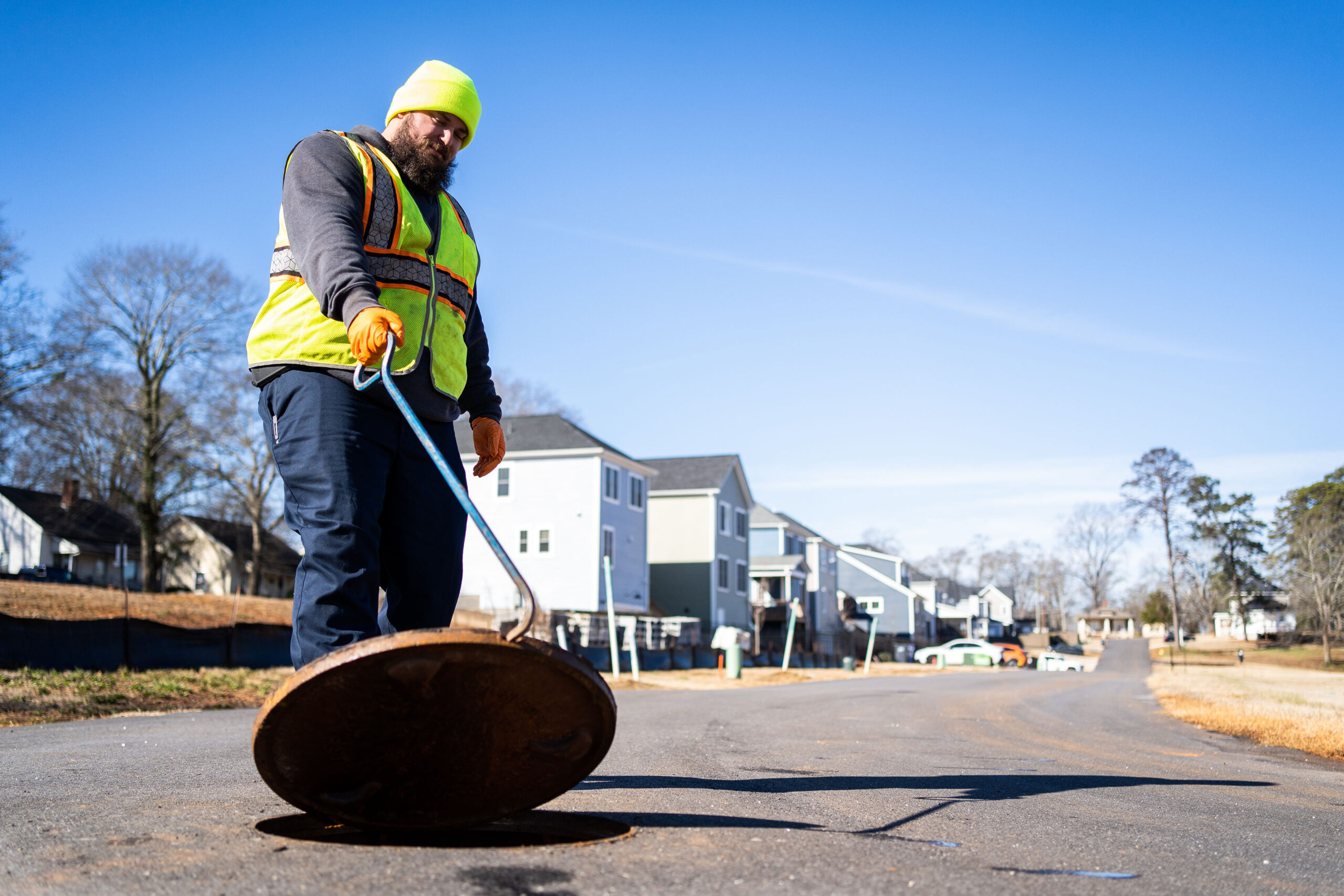
Protecting the Neighborhood, Now and Tomorrow
MetroConnects is doing its part to help improve the neighborhood by retrofitting its deteriorating sanitary sewer lines. These sewer pipes have outlived their useful life, yet still serve residents who live in the area today. MetroConnects was awarded $4 million in Congressionally Directed Spending last year, which will be used to replace pipes and manholes as part of its Clean Water Froward initiative. This work will better protect the community from costly and dangerous sewer leaks and Sanitary Sewer Overflows, which can occur in areas where sewers older sewer systems have become degraded from decades of use, especially during wet weather events.
Take a look at MetroConnects’ previous installments of the blog series “The Textile Crescent and The Making of Greenville County” to learn more about Greenville’s mill communities and the work MetroConnects is doing to protect the environment and public health.
